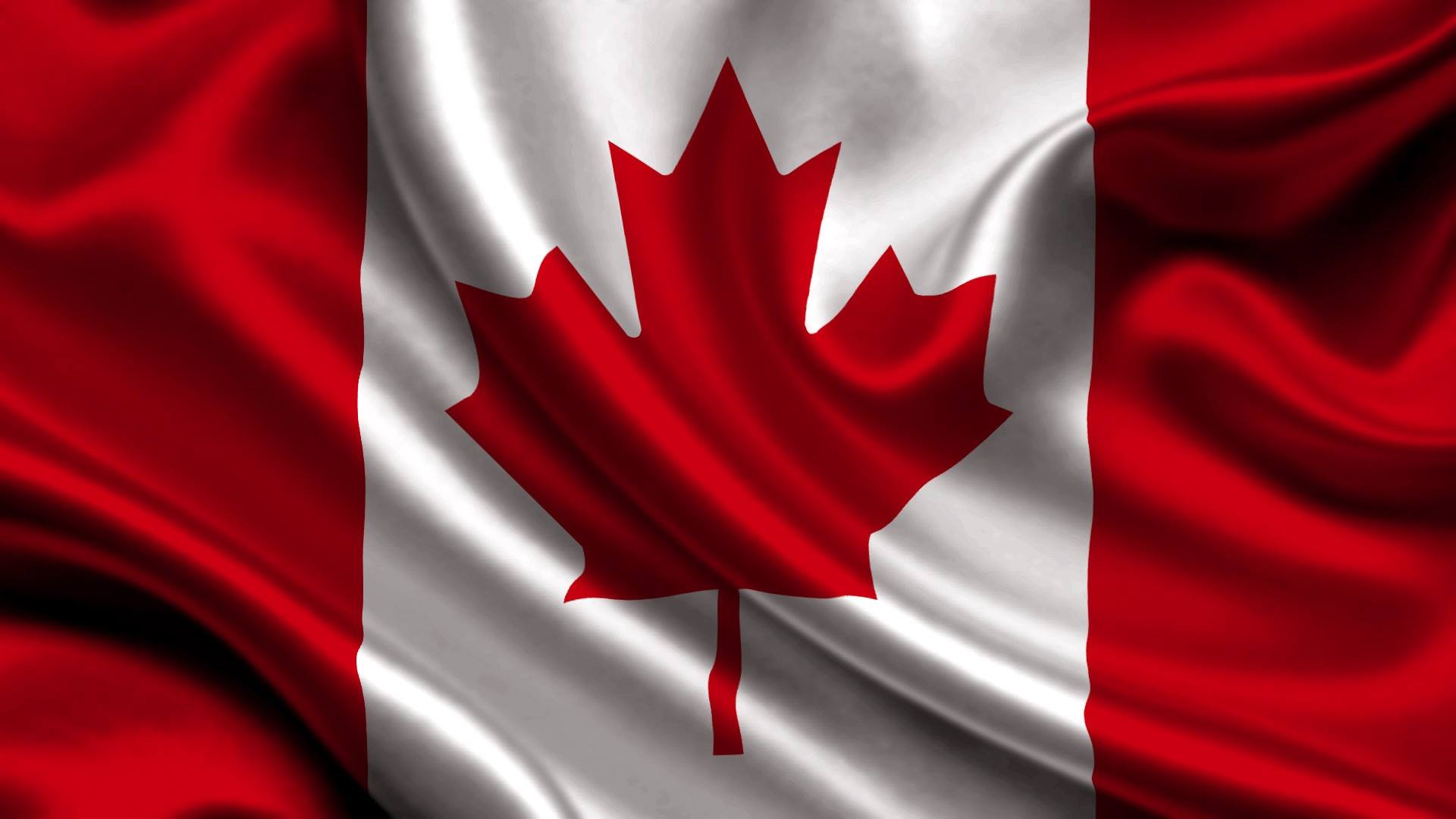
The Canadian healthcare system is experiencing an acute shortage of painkillers while Canada euthanasia laws were further loosened.
Source: Doctors Advised to Suggest Suicide to Patients as Canada Runs Out of Basic Painkillers
ound the world are normally “explicitly prohibited or strongly discouraged” from bringing up the subject of euthanasia, even in jurisdictions where assisted suicide is legal.
Beginning with a “guidance document” published in 2019, CAMAP asserted that, on the contrary, Canadian doctors have a duty to begin the conversation about Medical Assistance in Dying (MAID) with their patients rather than waiting for patients to ask about their options. MAID is a process by which healthcare professionals kill the patient.
A new MAID curriculum developed by the group and introduced via a webinar this week maintained that position, which critics find increasingly disturbing as MAID eligibility expands under Canadian law, far beyond the original concept of offering killing only to “those whose natural death was reasonably foreseeable.”
As the laws stand, there is “no legal restriction on who can raise the subject of MAID with someone with a grievous and irremediable illness, disease or disability, provided the intent is not to induce, persuade or convince the person to request an assisted death.”
Critics point out that given the “power dynamics of the doctor-patient relationship,” it is difficult for doctors to initiate such a discussion without the patient interpreting it as an encouragement to commit suicide.
In August, the Associated Press cited the case of Alan Nichols, a 61-year-old Canadian who requested MAID from a hospital with only a single health condition listed on his application: hearing loss, for which he was given a cochlear implant that he refused to use. His request for death was granted.
Nichols’ family appealed to regulatory agencies and the police for action against the hospital, which did not even notify his relatives that he would be killed, but authorities concluded he “met the criteria” for euthanasia.
“Disability experts say the story is not unique in Canada, which arguably has the world’s most permissive euthanasia rules – allowing people with serious disabilities to choose to be killed in the absence of any other medical issue,” the AP noted.
Canada is one of only seven countries that allow doctors to directly kill their patients with lethal drug cocktails. Canada is the only nation that permits nurse practitioners to administer MAID in addition to doctors.
In some other jurisdictions, including parts of the United States, doctors can provide patients with suicide drugs, but the patient must administer the lethal dose. Canada came up with the acronym MAID to combine – and in the minds of critics, confuse – various forms of euthanasia.
Despite these concerns, which have been voiced by both Canadians and international human rights activists, Canada plans to expand access to MAID next year. Among the international skeptics was Pope Francis, who worried that Canada was developing a “culture of waste” that treated the poor, the elderly, and the disabled as “disposable.”
The euthanasia debate is all the more disturbing in a nation that cannot come up with enough pain medication:
Children’s Tylenol and pain medication has been absent from store shelves for more than 4 months and parents have been forced to go to the US. The Prime Minister blamed climate change. Do you think that is an appropriate response? #cdnpoli pic.twitter.com/VGicdkLhOE
— Ryan Williams (@Ryan_r_Williams) November 2, 2022
CBC News quoted health officials who blamed “a lack of raw ingredients to make the drugs,” “an uptick in respiratory viruses fueled by the relaxed [Chinese coronavirus] measures,” and “panic buying” for the shortage of painkillers for children.
“The solution some parents are turning to is the emergency room: a place where doctors say families are spending hours waiting to be seen for colds and viruses so they can get pediatric pain relievers usually found on pharmacy shelves,” CBC reported. This will only exacerbate the severe shortage of emergency room and hospital capacity Canada is facing.
The Canadian government said in August it would adjust “regulatory measures,” work with manufacturers, and coordinate with agencies at every level of government to increase the supply of painkillers. One of the regulations that would seem easiest and most urgent to relax is the requirement that all pharmaceutical labels be printed in English and French, which makes it hard to bring in emergency relief supplies from the United States.
The public has been frustrated with the lack of results from these measures.
“Desperate moms and dads are now having to choose between taking their sick kids to overcrowded emergency rooms or crossing the border to the United States, where there is no shortage of these basic medicines. American shelves are stocked. Canadian shelves are empty,” opposition leader Pierre Poilievre said on Thursday.


